ABOUT
POOR BUT SEXY
BARRIERA UNINSTITUTE
GENETIC / Jenna Marvin, Anastasia Kreslina, MRZB
Brilla Brilla e Scompari / Alan Stefanato
NO GATEKEEPERS FOR MY HEART / FRANKO B
HOW YOU DARE? / Publication
Untitled (Seduta in Ufficio Circondata da Teste e Corpi)
HOW YOU DARE?
FVDSFL / Maurizio Cilli
TUNSTATE / Aslı Çavuşoğlu
On The Blade / Maria Proshkowska
Smarginate
Pantomima XXX / Alan Stefanato
Ginnastica Museale / Franco Ariaudo
Why Me?/ Pietro Agostoni
Seraphita / Gianni Ferrero Merlino
Una corrente li trascinava nella notte
Le Stanze di Mauve in ciò che è conosciuto come
il Reame dell’Irreale / MRZB book
Nothing More Than Feelings / Davide La Montagna
Le Stanze di Mauve in ciò che è conosciuto come
il Reame dell’Irreale / MRZB show
LOOK AT ME! Sulla questione dell’identità
Warm Till I Burn / Paolo Peroni
I Call Your Name / Agnieszka Polska
BASILISK / Franco Ariaudo
Faster Than Christ / Franco Ariaudo
HOPE SANK TEETH INTO THE NIGHT / Apparatus 22
METASITU about METASITU
Can I see your work? Just a shadow of a shadow / Paolo Inverni
Faccio colazione, mi cambio ed esco
CONTACT
POOR BUT SEXY
BARRIERA UNINSTITUTE
GENETIC / Jenna Marvin, Anastasia Kreslina, MRZB
Brilla Brilla e Scompari / Alan Stefanato
NO GATEKEEPERS FOR MY HEART / FRANKO B
HOW YOU DARE? / Publication
Untitled (Seduta in Ufficio Circondata da Teste e Corpi)
HOW YOU DARE?
FVDSFL / Maurizio Cilli
TUNSTATE / Aslı Çavuşoğlu
On The Blade / Maria Proshkowska
Smarginate
Pantomima XXX / Alan Stefanato
Ginnastica Museale / Franco Ariaudo
Why Me?/ Pietro Agostoni
Seraphita / Gianni Ferrero Merlino
Una corrente li trascinava nella notte
Le Stanze di Mauve in ciò che è conosciuto come
il Reame dell’Irreale / MRZB book
Nothing More Than Feelings / Davide La Montagna
Le Stanze di Mauve in ciò che è conosciuto come
il Reame dell’Irreale / MRZB show
LOOK AT ME! Sulla questione dell’identità
Warm Till I Burn / Paolo Peroni
I Call Your Name / Agnieszka Polska
BASILISK / Franco Ariaudo
Faster Than Christ / Franco Ariaudo
HOPE SANK TEETH INTO THE NIGHT / Apparatus 22
METASITU about METASITU
Can I see your work? Just a shadow of a shadow / Paolo Inverni
Faccio colazione, mi cambio ed esco
CONTACT
Sergey Kantsedal is a curator based in Italy and the Artistic Director of Associazione Barriera, a non-profit space in Turin founded in 2007.
Positioned at the intersection of exhibition-making, research, and community-driven practice, Barriera fosters dialogue among artists, curators, collectors, and other cultural practitioners, with a focus on cross-disciplinary collaboration, including music, performance within underground cultures, and Eastern European studies.
Her independent curatorial work interweaves multiple languages and perspectives. He is also particularly interested in the heritage of the former Eastern Bloc and its influence on cultural, political, and gender identities.
Over the years, Kantsedal has collaborated with public and private institutions in Italy and internationally, including Salzburger Kunstverein in Salzburg; Fondazione Sandretto Re Rebaudengo and OGR in Turin; Triennale Milano, MUDEC, and Fabbrica del Vapore in Milan; Cittadellarte – Fondazione Pistoletto in Biella; MAMbo in Bologna; as well as PinchukArtCentre and the National Art Museum in Kyiv.
He took part in MEDITERRANEA 18, Young Artists Biennial in Tirana and a transnational research program A Natural Oasis? (San Marino-Kosovo-Montenegro-Malta). In 2024, he was a curator in residency at Salzburger Kunstverein (Austria) and in 2025 took part in ArcBucharest (Romania).
He graduated from the State Academy of Design and Arts of Kharkiv, attended Third Moscow Curatorial Summer School by V-A-C Foundation and CAMPO, curatorial practices course at Fondazione Sandretto Re Rebaudengo in Turin (2015-2016).
Her independent curatorial work interweaves multiple languages and perspectives. He is also particularly interested in the heritage of the former Eastern Bloc and its influence on cultural, political, and gender identities.
Over the years, Kantsedal has collaborated with public and private institutions in Italy and internationally, including Salzburger Kunstverein in Salzburg; Fondazione Sandretto Re Rebaudengo and OGR in Turin; Triennale Milano, MUDEC, and Fabbrica del Vapore in Milan; Cittadellarte – Fondazione Pistoletto in Biella; MAMbo in Bologna; as well as PinchukArtCentre and the National Art Museum in Kyiv.
He took part in MEDITERRANEA 18, Young Artists Biennial in Tirana and a transnational research program A Natural Oasis? (San Marino-Kosovo-Montenegro-Malta). In 2024, he was a curator in residency at Salzburger Kunstverein (Austria) and in 2025 took part in ArcBucharest (Romania).
He graduated from the State Academy of Design and Arts of Kharkiv, attended Third Moscow Curatorial Summer School by V-A-C Foundation and CAMPO, curatorial practices course at Fondazione Sandretto Re Rebaudengo in Turin (2015-2016).
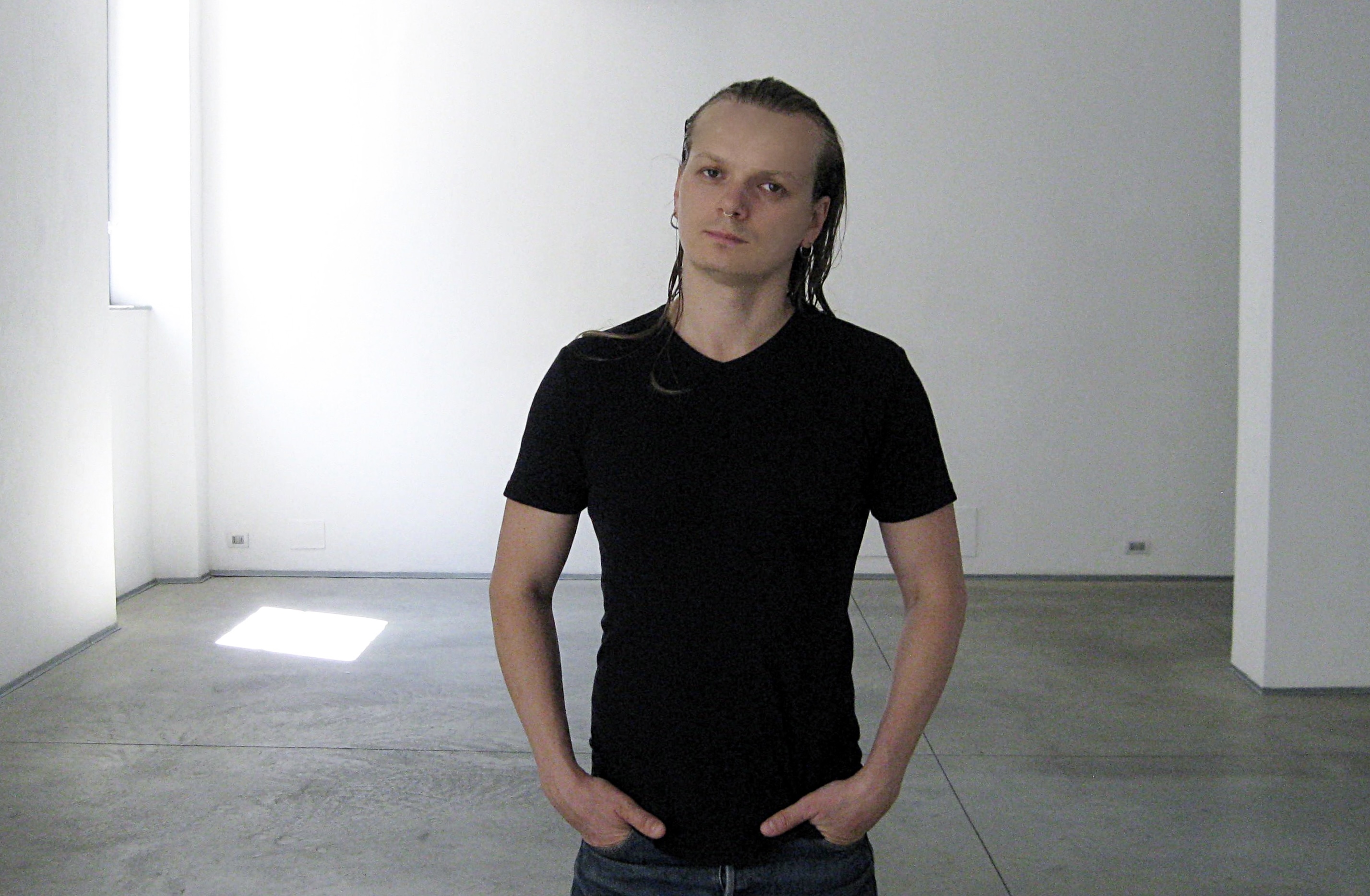
POOR BUT SEXY
Anastasia Sosunova, Mila Panic, Ala Savashevich, Dominika Olszowy, Miroslav Tichý and Nikita Kadan
- exhibition, curator
POOR BUT SEXY takes its title from the iconic phrase coined by former Berlin mayor Klaus Wowereit. The slogan was designed to rebrand the post-Wall city as a raw, seductive destination for the West, with its low-cost labour and vast infrastructure. It also stands as an emblem of how, from a pro-Western perspective, the fate of the East after 1989 was framed and sold. But there’s more: it reflects the ongoing polarisation between East and West, as described in Poor But Sexy: Culture Clashes in Europe East and West by Polish author Agata Pyzik (2014, Zer0 Books). Pyzik’s book delves into the "hidden" history of the East, focusing on its troubled and somewhat submissive relationship with the “West”. From artistic practices to subcultures, from post-punk to Bowie’s fascination with the Eastern Bloc, from orientalism to self-colonization, Pyzik’s work rejects both nostalgia for the “good old days” and the desire to become a “normal” part of Europe.
Starting from this provocation, POOR BUT SEXY presents works by Ala Savashevich (1989, Belarus), Anastasia Sosunova (1993, Lithuania), Dominika Olszowy (1988, Poland), Mila Panić (1991, Bosnia and Herzegovina), Miroslav Tichý (1926–2011, Czech Republic), and Nikita Kadan (1982, Ukraine). Exploring various perspectives and micro-narratives spanning generations, artistic languages, and geographies, the exhibition functions as a time capsule—a glimpse into the living archive of a fractured and oblique present we inhabit. Each work relates intimately to the others, occupying a shared realm where experiences, genealogies, and cultural micro-histories intersect. A sense of belonging is questioned introspectively—not as a subject, but more as an attitude. Playful yet serious—poor but sexy in every sense—the exhibition triggers a conversation that develops across time and space, sparking a dialogue between objects, bodies, fantasies, and dreams.
Article on FRIEZE
Anastasia Sosunova, Mila Panic, Ala Savashevich, Dominika Olszowy, Miroslav Tichý and Nikita Kadan
- exhibition, curator
04.03 – 12.04.2025eastcontemporary, MilanPOOR BUT SEXY takes its title from the iconic phrase coined by former Berlin mayor Klaus Wowereit. The slogan was designed to rebrand the post-Wall city as a raw, seductive destination for the West, with its low-cost labour and vast infrastructure. It also stands as an emblem of how, from a pro-Western perspective, the fate of the East after 1989 was framed and sold. But there’s more: it reflects the ongoing polarisation between East and West, as described in Poor But Sexy: Culture Clashes in Europe East and West by Polish author Agata Pyzik (2014, Zer0 Books). Pyzik’s book delves into the "hidden" history of the East, focusing on its troubled and somewhat submissive relationship with the “West”. From artistic practices to subcultures, from post-punk to Bowie’s fascination with the Eastern Bloc, from orientalism to self-colonization, Pyzik’s work rejects both nostalgia for the “good old days” and the desire to become a “normal” part of Europe.
Starting from this provocation, POOR BUT SEXY presents works by Ala Savashevich (1989, Belarus), Anastasia Sosunova (1993, Lithuania), Dominika Olszowy (1988, Poland), Mila Panić (1991, Bosnia and Herzegovina), Miroslav Tichý (1926–2011, Czech Republic), and Nikita Kadan (1982, Ukraine). Exploring various perspectives and micro-narratives spanning generations, artistic languages, and geographies, the exhibition functions as a time capsule—a glimpse into the living archive of a fractured and oblique present we inhabit. Each work relates intimately to the others, occupying a shared realm where experiences, genealogies, and cultural micro-histories intersect. A sense of belonging is questioned introspectively—not as a subject, but more as an attitude. Playful yet serious—poor but sexy in every sense—the exhibition triggers a conversation that develops across time and space, sparking a dialogue between objects, bodies, fantasies, and dreams.
Article on FRIEZE
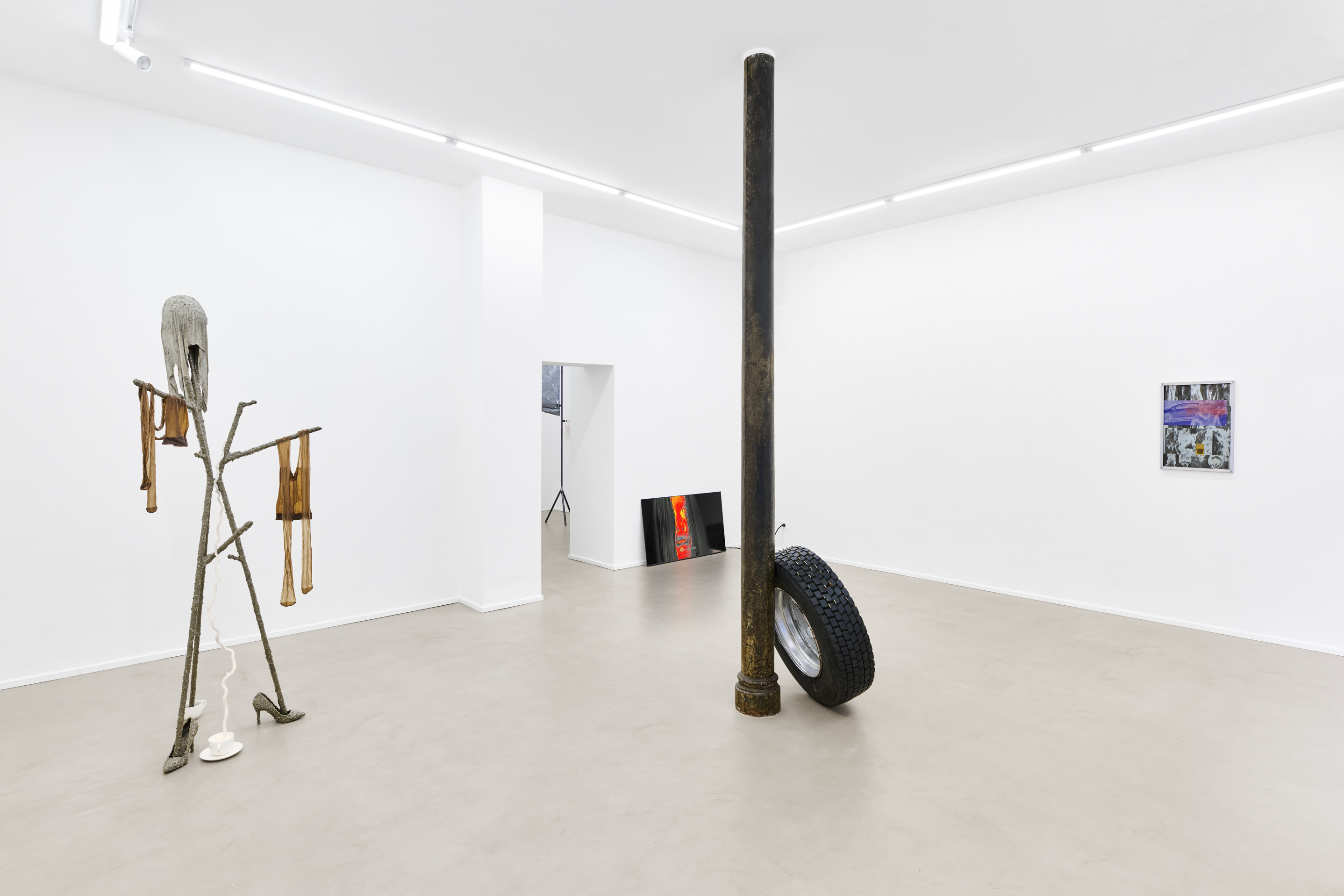










BARRIERA UNINSTITUTE
The Aftershow Book: A Critical Inventory of Documents
- book, editor
Published by viaindustriae
Edition of 400 copies, black and white, two different covers
The book includes five contributions — Apparatus 22, MRZB, Katya Kabalina, Franco Ariaudo, Francesco Cavaliere — made specifically for the publication along with a selection of “archival materials”, such as exhibition catalogs, invitations, gallery texts, postcards, leaflets, and booklets, ‘lateral’ to the artistic and curatorial production developed during seventeen years of history of BARRIERA — non-profit space founded by a group of collectors in 2007 in Torino.
Following this predominantly visual, asynchronous, and “eccentric” documentary section, the book organizes an index with events, exhibitions, catalogues, and all artists who have passed through BARRIERA’s space.
Buy here
The Aftershow Book: A Critical Inventory of Documents
- book, editor
Published by viaindustriae
Edition of 400 copies, black and white, two different covers
The book includes five contributions — Apparatus 22, MRZB, Katya Kabalina, Franco Ariaudo, Francesco Cavaliere — made specifically for the publication along with a selection of “archival materials”, such as exhibition catalogs, invitations, gallery texts, postcards, leaflets, and booklets, ‘lateral’ to the artistic and curatorial production developed during seventeen years of history of BARRIERA — non-profit space founded by a group of collectors in 2007 in Torino.
Following this predominantly visual, asynchronous, and “eccentric” documentary section, the book organizes an index with events, exhibitions, catalogues, and all artists who have passed through BARRIERA’s space.
Buy here
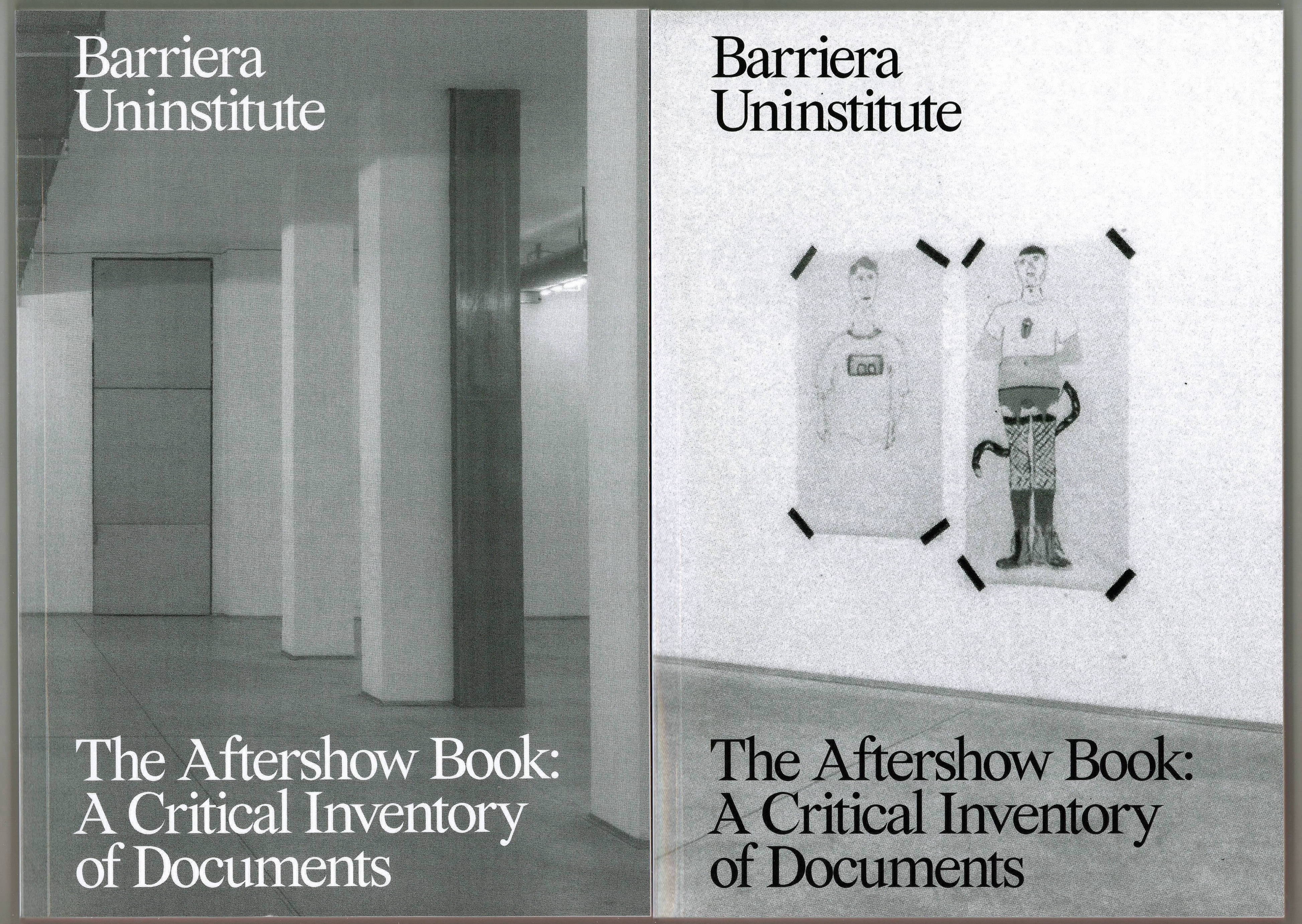
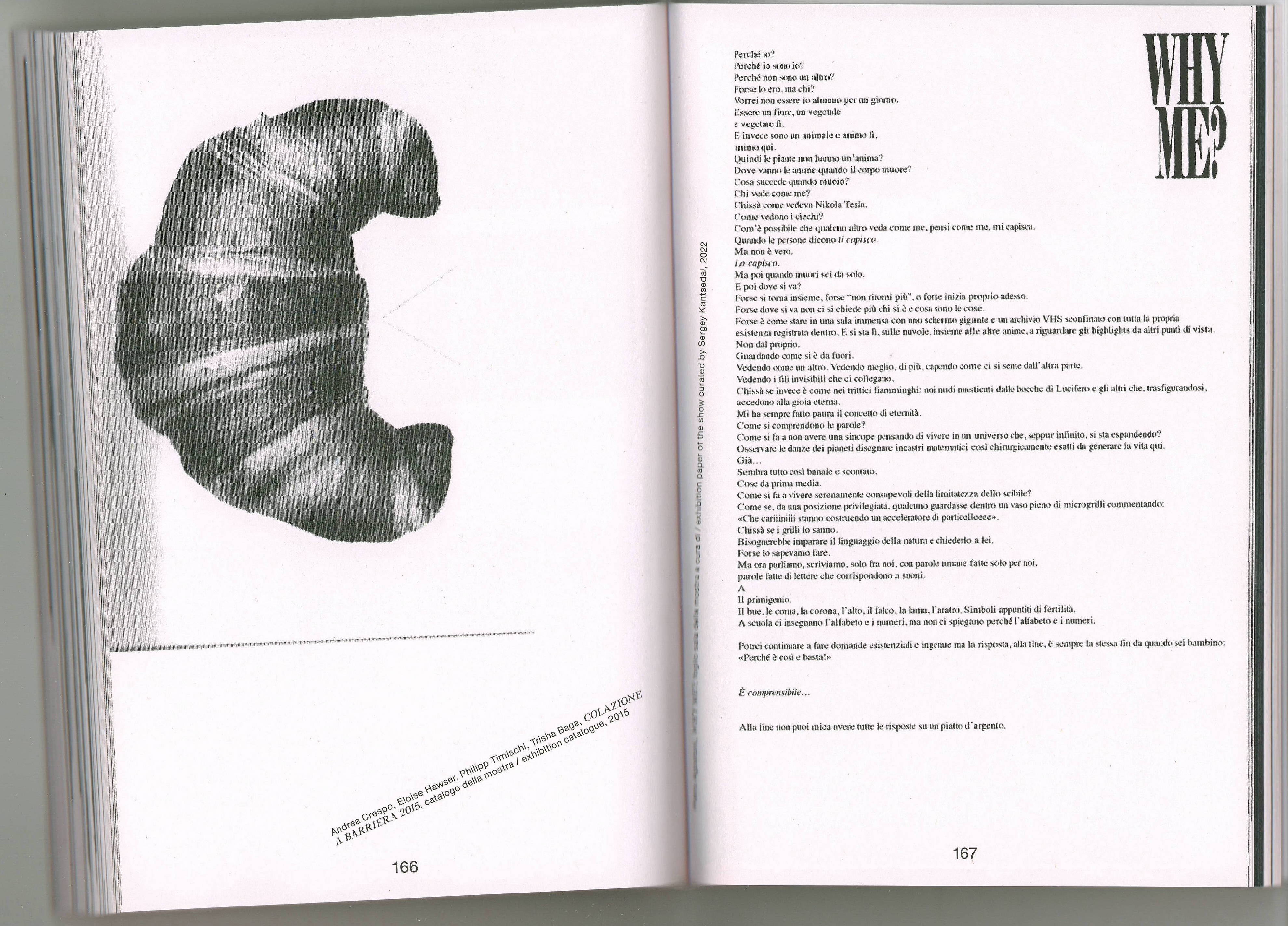



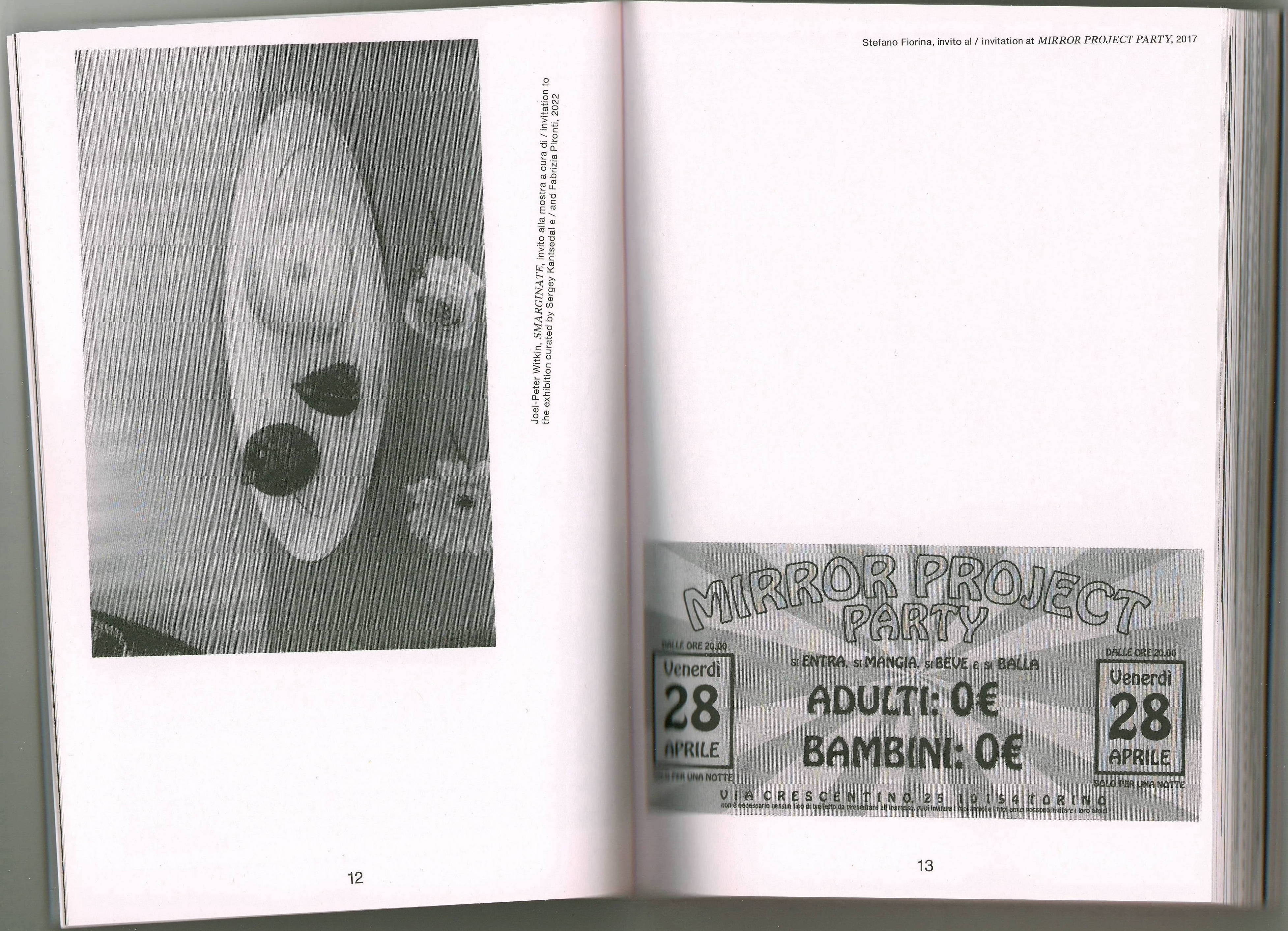
GENETIC / Jenna Marvin, Anastasia Kreslina, MRZB
- exhibition, curator (together with Katya Kabalina)
presented by MRZB
20.09. — 30.09.2024
Milan, Italy
The exhibition featured a selection of video works by artist Jenna Marvin and a new sound piece by Anastasia Kreslina (IC3PEAK) in a televisual cyber-brutalist display by MRZB.
Anastasia’s repetitive lo-fi text-based sound loop Whisper2 was amplified through the speakers of seven televisions broadcasting a selection of Jenna Marvin’s video works produced in Paris in 2023-24. The landscape of the city, functioning as a scenographical suburban display to Jenna’s performances and costumes, was scored by Anastasia’s wall of whispers, screeched soft repetitions dissolving into nothingness.
The presentation was accompanied by a print-on-demand publication produced by MRZB featuring a text by writer Max Lawton and contributions by all the artists and curators involved.
Photography by MRZB
Buy here
- exhibition, curator (together with Katya Kabalina)
presented by MRZB
20.09. — 30.09.2024
Milan, Italy
The exhibition featured a selection of video works by artist Jenna Marvin and a new sound piece by Anastasia Kreslina (IC3PEAK) in a televisual cyber-brutalist display by MRZB.
Anastasia’s repetitive lo-fi text-based sound loop Whisper2 was amplified through the speakers of seven televisions broadcasting a selection of Jenna Marvin’s video works produced in Paris in 2023-24. The landscape of the city, functioning as a scenographical suburban display to Jenna’s performances and costumes, was scored by Anastasia’s wall of whispers, screeched soft repetitions dissolving into nothingness.
The presentation was accompanied by a print-on-demand publication produced by MRZB featuring a text by writer Max Lawton and contributions by all the artists and curators involved.
Photography by MRZB
Buy here













